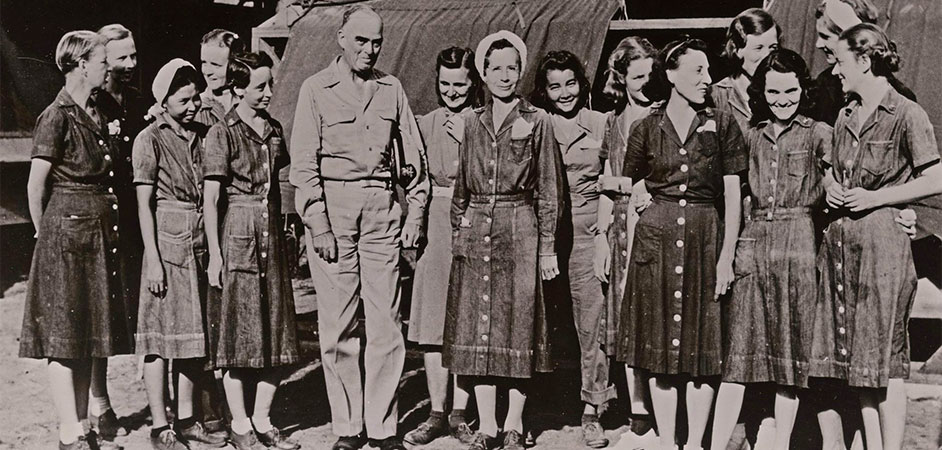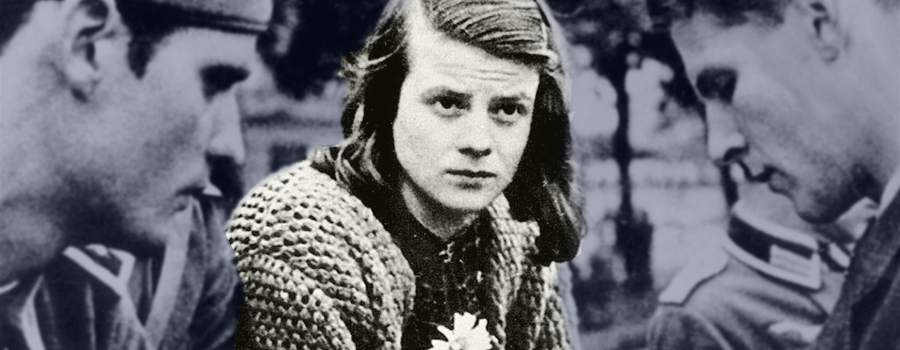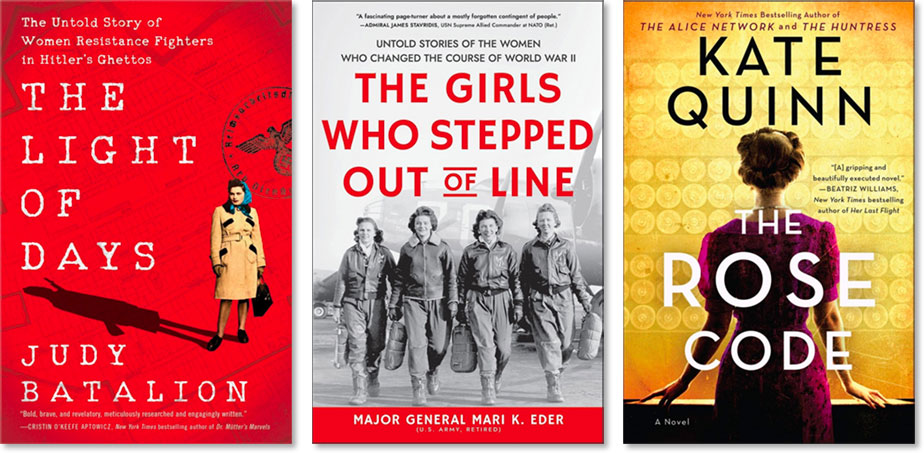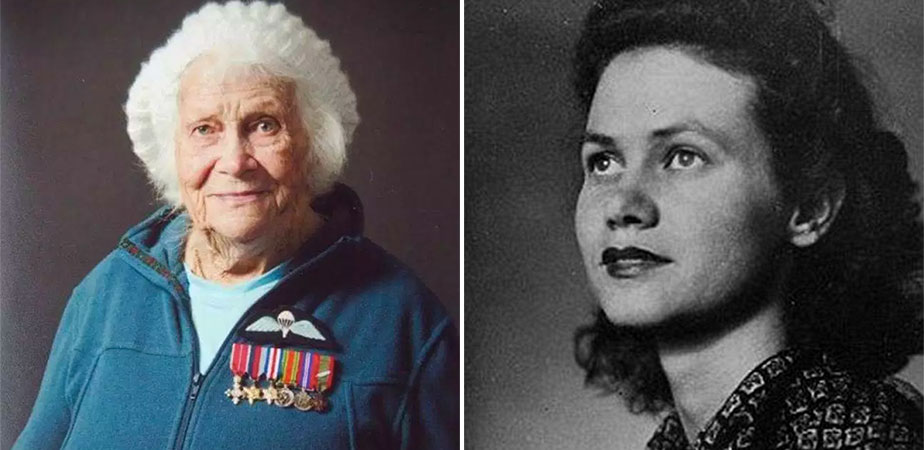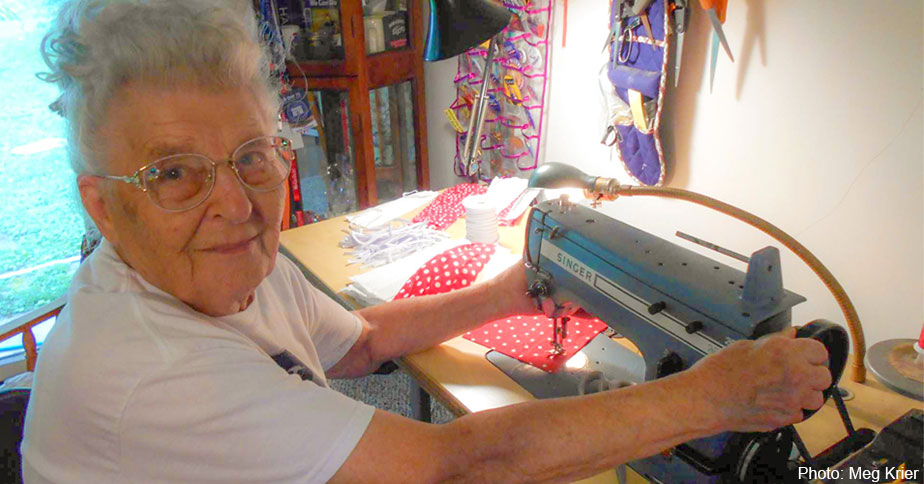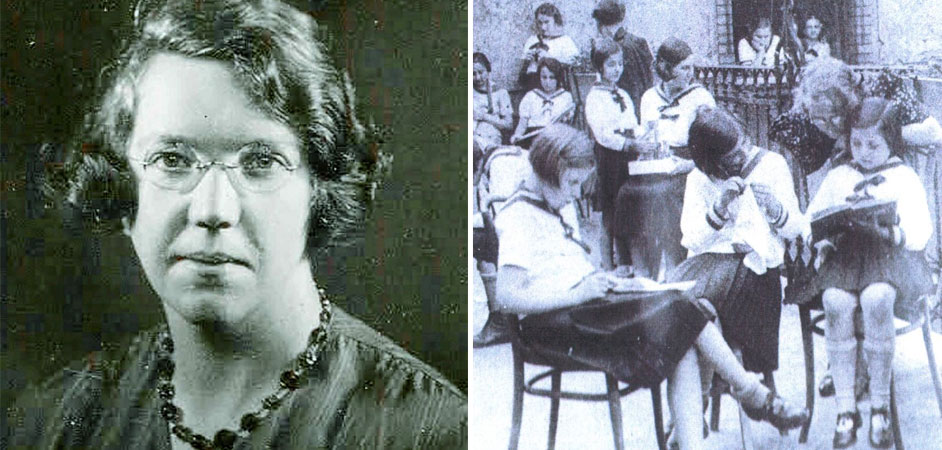With a one million franc bounty on her head, Witherington presided over the surrender of more than 18,000 German troops.
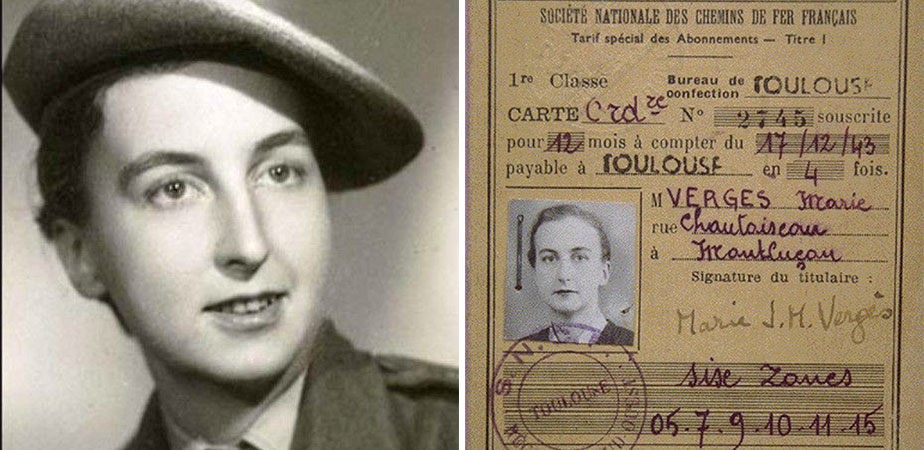 On the night of September 22, 1943, a 29-year-old British Special Operations Executive agent parachuted into occupied France. It sounds like the beginning of a spy movie, but it’s actually the real-life story of Pearl Witherington, one of World War II’s little-known female heroes! Witherington led a network of thousands of French Maquis resistance fighters in battle against the Nazis, and even presided over the surrender of 18,000 German troops at the end of the war. Continue reading Continue reading
On the night of September 22, 1943, a 29-year-old British Special Operations Executive agent parachuted into occupied France. It sounds like the beginning of a spy movie, but it’s actually the real-life story of Pearl Witherington, one of World War II’s little-known female heroes! Witherington led a network of thousands of French Maquis resistance fighters in battle against the Nazis, and even presided over the surrender of 18,000 German troops at the end of the war. Continue reading Continue reading









